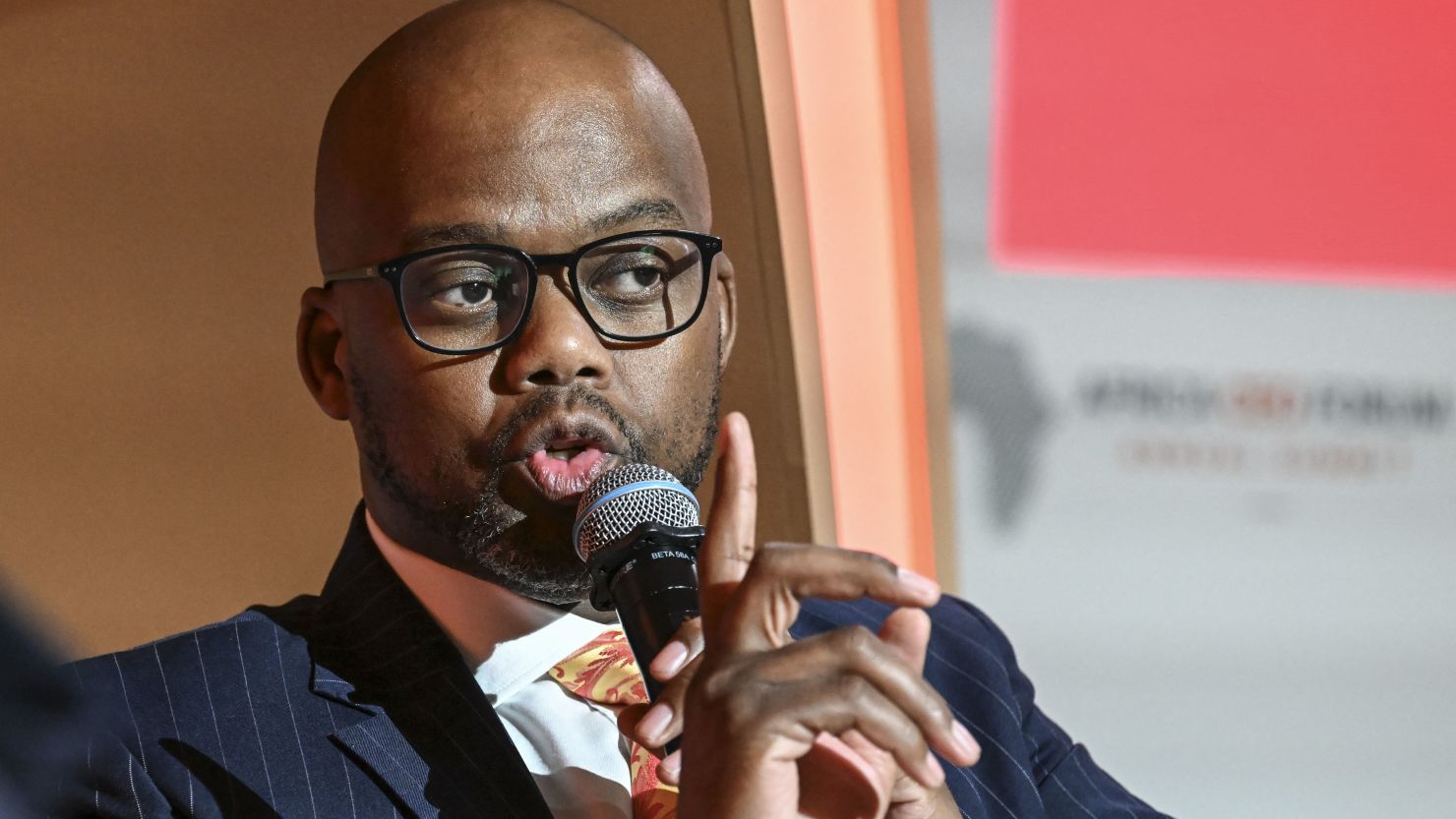
Africa is home to the world’s largest free trade agreement, in terms of number of countries, territory, and population – the African Continental Free Trade Area (AfCFTA). Fifty-four of 55 African Union member countries have signed up to the deal which covers a market of 1.3 billion people and a combined GDP of $3.4 trillion.
It aims to boost economic growth, intra-African trade and investment across the continent, but although it was established in February 2020, implementing the agreement has been slow.
According to the Economic Commision for Africa, African countries continue to trade with the rest of the world more than among themselves. Inadequate infrastructure, a lack of finance, and weak governance are often to blame.
This week, leaders from Africa’s private and public sector will meet in Kigali, Rwanda, for Biashara Afrika, the second edition of the AfCTFA Business Forum, to discuss the challenges and opportunities of the free trade area. Ahead of the event, CNN’s Eleni Giokos spoke with Wamkele Mene, Secretary General of the AfCFTA, about how to overcome these hurdles.
The following interview has been edited for clarity and length.
Eleni Giokos: When you took on the job as Secretary General, did you think it was going to be this intense to create so many different standards across the continent, and what was the most challenging aspect of putting this all together?
Wamkele Mene: I don’t think anybody would’ve imagined how challenging and enormous the task is. One of the reasons it’s challenging and will continue to be challenging for a long time is because we are a very, very fragmented market. We have 47 state parties to the agreement establishing the AfCFTA. Hopefully the remaining few countries will ratify soon. Within those 47, we have 42 currencies. We have countries that have a GDP per capita of $110, and then at the (other) end of that spectrum, a GDP per capita of $25,000. We have the least developed countries, we have landlocked countries, we have countries that are at variance from a macroeconomic policy standpoint. So, when you try to integrate and create a single market, economic integration is incredibly difficult.
EG: How has AfCFTA evolved since it came to inception, since it’s been launched on the continent?
WM: We were established in the middle of Covid-19 in February 2020. The following month, March 2020, is when the entire continent of Africa shut down – closure of borders, closure of airports, everything that is an instrument for trade was shut down. For the first six to nine months of the year, it was extremely difficult to get anything done.
Now, we have concluded all the protocols of the agreement – in other words, the legal construct – including very difficult areas such as digital trade; rules of origin of local content for textiles and clothing, for the automotive sector; creating a dispute settlement mechanism for an entire continent of 47 countries trading under the AfCFTA. All these rules are the nuts and bolts of trade, and I am very happy that we are now in transition from negotiating the rules to implementing the rules.
EG: In 2022, seven countries chose to pilot the African Continental Free Trade Area. How is that going, how is that being adopted, are you seeing the actual implementation?
WM: In 2022, seven countries were ready. By readiness, we mean they introduced the customs systems, they gazetted the AfCFTA into their national law. This October (there) will be 37, which means that 37 countries are at a state of readiness and are trading under the rules and the preferences.

Enregistrer un commentaire